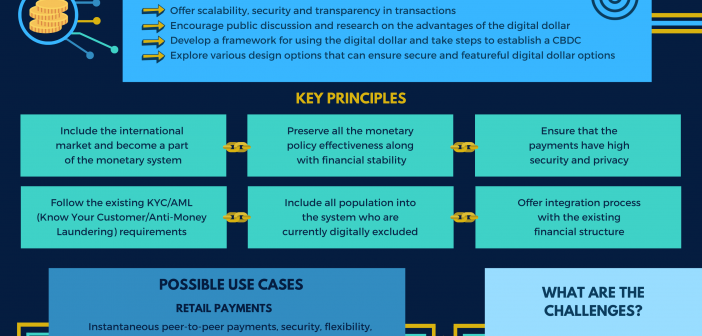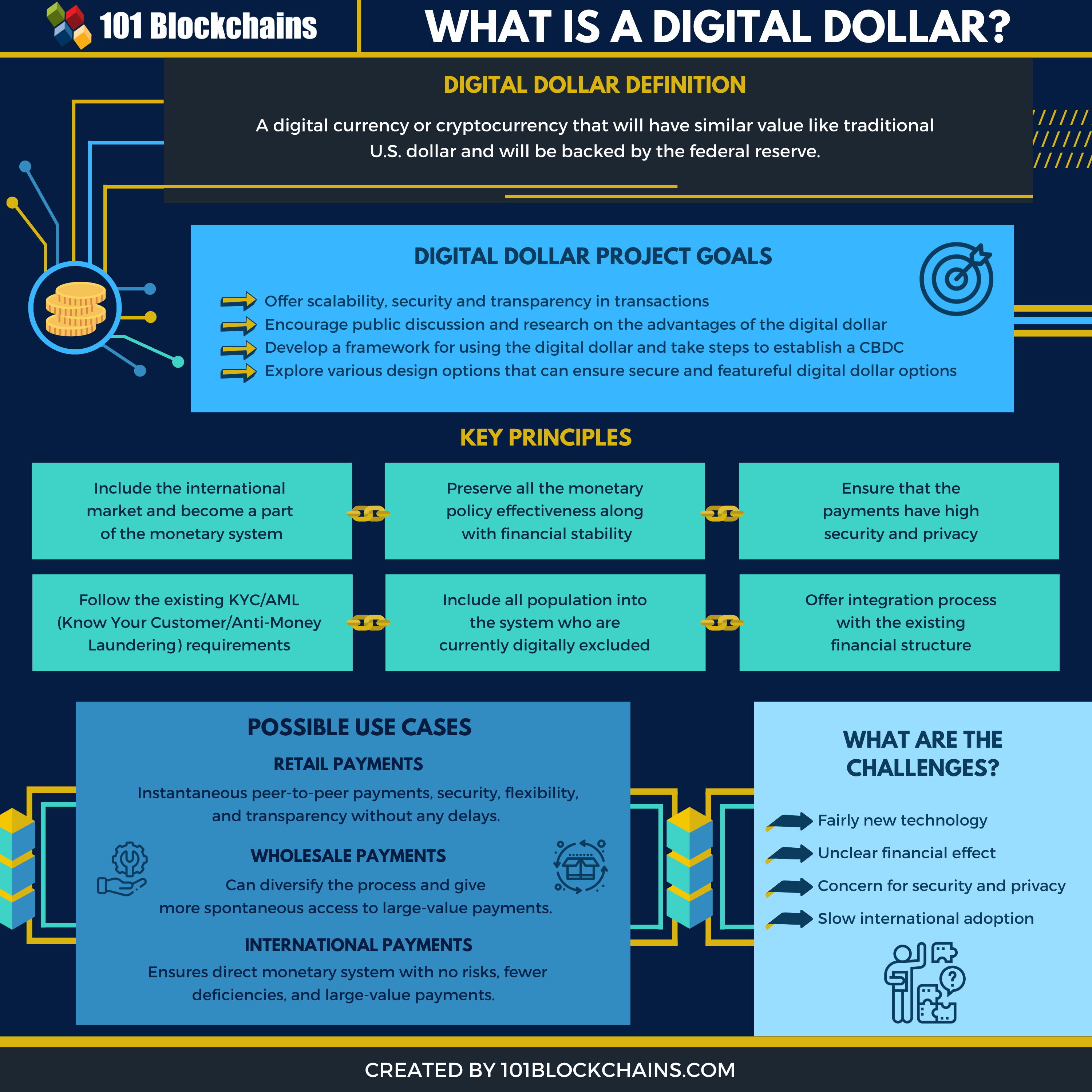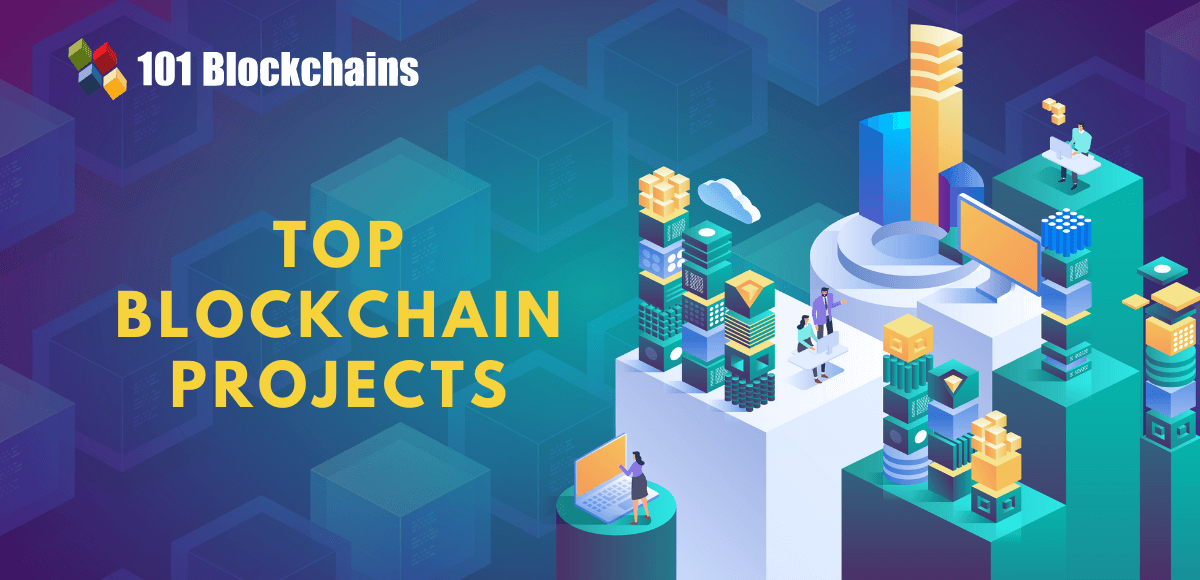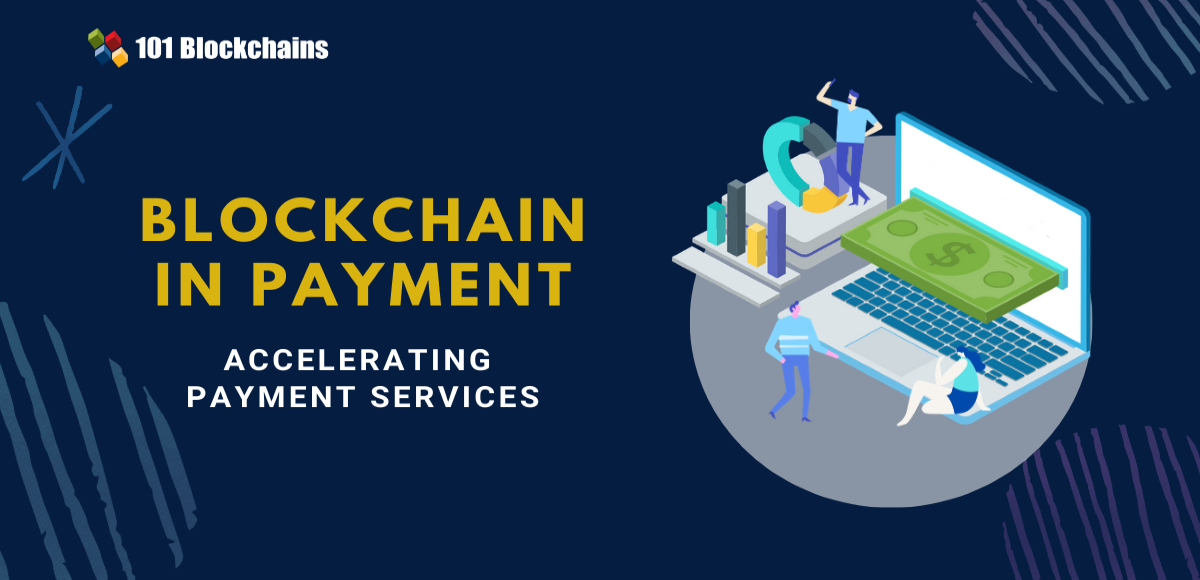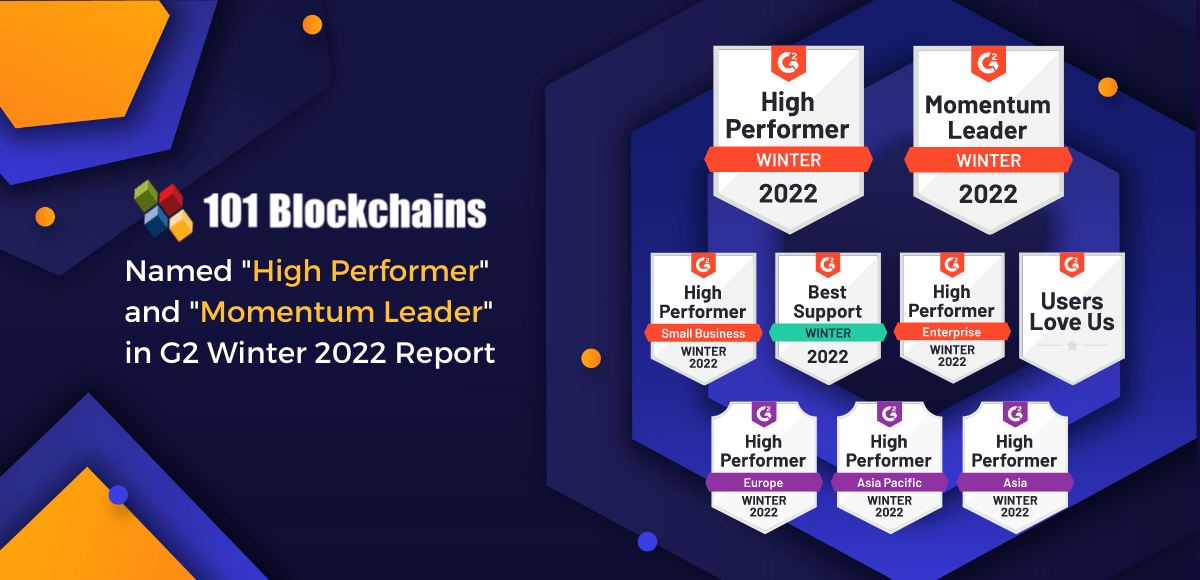The digital dollar project is the next big thing that can truly change the way we perceive our world at the moment. In the changing world, a project like this is absolutely a necessity. In reality, physical money is getting the work done, but in many cases, it makes sense to use digital currency instead of a paper-based one at the moment.
This project is a big deal now, and everyone is talking about it. If you are just a newbie and don’t know much about the digital dollar initiative, then you have come to the right place. Today, I will cover the digital dollar initiative. However, you may also confuse it with the recent U.S. coronavirus stimulus bill proposal one.
In reality, these are different than one another. And I will cover that project as well. So, let’s see what these both projects are and how they differ in the real world.
Evolution of Currency
Currency in the world has seen a lot of ups and downs and went through a lot of steps to get this far. But, like the currency, the system of banking didn’t change that drastically.
Thus, when the Western Union first started to use telegraphs to send and receive money in 1871, the world started to see a completely different aspect.
However, even after all these years, the whole process didn’t quite change as much as it should have. The whole process still requires two banks on both ends and means to fund the transaction. Thus, it takes a lot of time and resources to complete international transactions.
Furthermore, the foreign exchange rate changes make it even more problematic in many cases.
Even though the process is utterly slow, still the demand for faster, accessible, and more certain transaction processes is increasing. As a result, many central banks around the globe are looking into ways to facilitate the process.
But the central banks aren’t the only ones that are looking for new technologies that can introduce new functionalities.
In reality, there are many companies looking into a new tech called Blockchain for various sectors. Even though blockchain fuels cryptocurrencies that aren’t stable, many enterprises already introduced stable cryptocurrencies as well.
Also, Ethereum, Hyperledger, Corda, or Quorum is rising to popularity quite fast.
So, we now know that we can make stable coins as well.
Thus, enter the digital dollar project.
What Is Digital Dollar?
Well, at this moment, there isn’t any specific definition of this term. But from my understanding after reading the digital dollar foundation project briefing, it’s –
A digital currency or cryptocurrency that will directly replace the traditional U.S. dollar and will be backed by the federal reserve.
It means that basically, it’s a new form of currency that will eventually replace the paper-based currencies we use at the moment.
The digital dollar foundation is working with Accenture on this project at the moment. Due to the private sectors advancing the technology, the digital dollar foundation is calling for a new dollar innovation.
In reality, Accenture is a global CBDC (Central bank digital currency) advancement leader, and together with the digital dollar foundation, they formed a Digital dollar project quite recently.
Now, you know what is digital dollar.
Aim of The Digital Dollar Project
Usually, the aim of the project is to encourage public discussion and research on the advantages of the digitized dollar. Basically, the project will develop a framework for using the digitized dollar and take other practical steps to establish a CBDC backed one.
More so, it will also explore various design options that can ensure more secure and featureful digital dollar options. Usually, it will include open forums, stakeholder meetings, roundtable discussions, and so on.
Anyhow, it will also aim for a digital dollar federal reserve to make sure that the currency federal; reserve applications continue.
Thus, the digital dollar foundation and Accenture will ultimately aim towards a scalable, secured, and private version of the digitized dollar.
Key Principles of Digital Dollar
Basically, the digital dollar foundation and Accenture outlined some key principles for their project. In reality, the project needs to seek other views and needs of the stakeholders. Also, as the project has to meet the standard of U.S. financial infrastructure, it will be carefully tested before rolling out.
So, these are the key principles that the digital dollar foundation and Accenture outlined –
- Make sure that the digital dollar will include the international market and establish a liability from the fed and become a part of the monetary system.
- Preserve all the monetary policy effectiveness along with financial stability.
- Ensure that the payments have high security and privacy.
- Follow the existing KYC/AML (Know Your Customer/Anti-Money Laundering) requirements when distributing these. Furthermore, it will also preserve two-tier banking architecture and use intermediaries to process payments.
- Ensure to include every single population into the system who are currently digitally excluded.
- Enhance the policies of the economy using a transparent means to facilitate the payments.
- Offer integration process with the existing financial structure and use an electronic wallet to hold the funds.
- Develop top-notch technology to support all the functionalities of the digital dollar.
- Collaborate with other private and public sectors in order to leverage their technological advancements.
Possible Digital Dollar Use Cases
The foundation did outline some of the possible digital dollar use cases that you should check out. So, let’s see what these are –
Retail Payments
This is one of the digital dollar use cases that can benefit retail payments very much. In reality, online retail payments don’t normally use central bank money. Using the physical cash for this purpose is in decline, sure to the monetary aggregates.
Thus, a digital dollar will benefit this sector highly. With this, you can get instantaneous peer-to-peer payments, security, flexibility, and many more.
Wholesale Payments
This is another one of the important digital dollar use cases that will benefit as well. Usually, the wholesale payments depend on the national payment systems and use the inter-bank clearance option to settle all the transactions. So, it takes a lot of time to transact large sums of money from the central money to other banks.
Thus, a digital dollar can easily diversify the process and give more spontaneous access to large-value payments.
International Payments
When conducting international payments digitally, you can’t use U.S. dollars for that. Thus, in the digital dollar project, you can ensure a direct monetary system with no risks and fewer deficiencies of the legacy banking systems.
More so, it can also advance the enterprise financial market integration along with enhancing the competition in global trade payments.
So, securing large-value payments and remittances will be easy and include offshore security settlements. This is the last digital dollar use cases on the list so far.
What Are the Challenges?
Well, there are some challenges associated with it. In reality, many banks are still skeptical about the whole CBDC situation. Obviously, it’s a big change, and no one still doesn’t know how it will affect the U.S. central bank’s financial architecture.
Digital dollar initiative can change the way, but there’s still a concern for security and privacy as everything will be online. While money laundering or fraudulence activities will stop using this system, they have to use additional safety for offshore accounts.
Another issue is the usage of digital dollars outside of the U.S. In reality, the technology may be too advanced for every country to adapt to. Thus, everything is still unclear at the moment.
Now, you know what is digital dollar and all about its key principles. However, now I’ll focus on the recent dollar initiative that came up on the stimulus bill due to coronavirus. So, let’s check out what that is right now!
Digital Dollar: The Electronic Cash
Due to the recent coronavirus outbreak, the U.S. is planning to set up a relief plan in order to aid the situation. However, a version of the digital dollar initiative came up in the recent draft that the House of Democrats proposed recently.
In order to make cash payments to the U.S. residents, they wanted to create a digital currency system that will ensure a faster payment process. In reality, it’s actually an electronic cash version of the existing dollar they have in the federal reserve.
To use it, the central bank also has to have a digital wallet and will maintain a digital dollar federal reserve for it as well. More so, the concept is called “FedAccounts.”
However, due to the complicated nature of the system, it didn’t make the final cut.
But now we know how this might look. So, I will outline some of the key aspects of this digital dollar initiative as well.
Key Terms
Digital Dollar –
The balance will express a dollar value and will have digital ledger entries in the federal reserve bank. More so, the balance in these accounts will record as liabilities. Basically, here, the digital dollar means an electronic dollar value that you can redeem from all the eligible financial institutions.
Digital Dollar Wallet –
Here, it will mean a digital wallet that the federal bank will maintain on behalf of any citizen. Thus, the digital dollar federal reserve will store the value in any electronic device, which will have a physical identity.
Member Bank –
Member banks are banks in the Board of Governors of the Federal Reserve Architecture.
Pass-through Digital Dollar Wallet –
Member banks will maintain this wallet system for a qualifies citizen and who will have access to the reserve balance that the member bank will preserve in the digital dollar federal reserve.
Qualified Individual –
Any citizen or resident of the U.S will be a qualified individual in this case.
Delivery Process of This Dollar
Generally, the Secretary of the Treasury will actually make the payments after checking the information of the applicant. So, the commissioner can directly deposit the credits or use checks to streamline the process.
Moreover, the Secretary of the Treasury can also establish a system where you can offer them your direct deposit information, and they can render the service for you. Furthermore, they will also let know the public of the system and how it works.
Gaining Access
Well, once you get the deposit into your account, you can withdraw the funds on the very same day. More so, there shouldn’t be any limit to your withdraws as well. So, you can fully withdraw the funds from the FedAccounts.
Digital Wallet Conditions
All the wallets or accounts won’t have any minimum balance or maximum balance limit. More so, it won’t have any account fees as well.
In case of interests, no one will pay any more than what is required for the required reserve and excess reserve.
The wallet will have typical features such as internet banking, mobile banking, debit card, bill payment options, and many more.
Digital Currency Vs. Digital Electronic Cash
Now that you know about both of them, it’s time to compare them. In reality, many of you are confusing these two; however, they are not a similar project.
These are completely different from one another and are separate projects. However, unfortunately, both have the same name. Thus, the confusing situation came to be.
First of all, the digital dollar in the relief plan is actually a form of electronic cash, not a digital currency. Basically, we already a form of electronic cash that we use from our internet banking system.
However, in this case, the dollar will directly connect to the federal reserve to the citizens of the U.S. Anyhow, it calls for all the possibilities of features that we may want, but that is not far away from what we are already using.
It’s just a glorified version of what we typically been using over the years.
On the other hand, the initial project is actually a digital currency. In reality, it won’t be backed by any physical money but have its own value alongside it. Think of it as a cryptocurrency version of today’s dollar.
Thus, it will have a similar value as any other federal reserve and banknotes. And so, if the foundation can facilitate this project, we will see a new digital version of currency that mass people can use without the need for paper-based backups.
More so, it will also ensure a more transparent and fair play in the overall economy.
Concluding Thoughts
The digital dollar can be the start of a new revolution in the history of technology. I guess you could say it’s the start of the sci-fi scenarios that we all see in movies. But it still needs time to bloom, and hopefully, when it does, you will be ready to start using it.
I really hope the guide helped you learn what is digital dollar and how it may work. At the moment, we still don’t have enough information on the project. Hopefully, in the future, we will introduce more information on this topic.
So, make sure to stay tuned to learn more about the digital dollar foundation and Accenture project.

